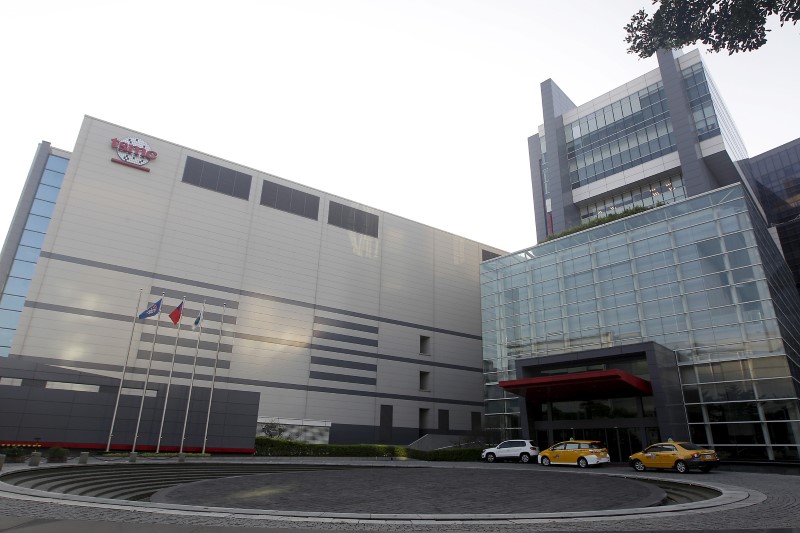Bernstein analysts believe that Taiwan Semiconductor Manufacturing (TSMC), the world’s largest chip manufacturer and a key player in the current AI boom, is “well on track to grow rapidly.”
To be more specific, the investment firm expects Taiwan Semiconductor Manufacturing (NYSE:TSM) to grow its revenue by 26% and its earnings per share (EPS) by 29% this year, with momentum expected to carry into 2025 and beyond. These expectations are driven by strong demand from data center AI and high-end smartphones, which are utilizing TSMC's advanced N3 and N4/5 nodes.
Bernstein highlights that the company’s capacity for these nodes has been fully utilized and will remain so well into 2025, despite a slower recovery in older nodes. Moreover, TSMC’s CoWoS (Chip on Wafer on Substrate) service is experiencing rapid expansion, contributing to advanced packaging revenue. This rise in advanced services, coupled with a favorable foreign exchange environment, is expected to push TSMC’s revenue growth in Taiwan dollars to 30% for the year.
Looking ahead, Bernstein projects TSMC’s rapid growth to persist into 2025 and 2026, with EPS projected to rise by 30% and 19%, respectively. The continuous expansion in data center AI demand, along with Intel’s increasing reliance on TSMC for outsourcing, will fuel this growth. TSMC’s N3 and N4/5 nodes are also set to see a price increase of 5-10% starting early 2025, adding to the company’s revenue.
“We hence project the revenue ramp of N3 will be steeper than that of N4/5,” Bernstein analysts note. “And despite some transition to N3, the contribution of N4/5 will stay more resilient than prior nodes. “
“Regarding margins, the utilization of older nodes should sustain the gradual recovery and N3's margin drag will be lighter. Both will make margins rise YoY but we're mindful of the 2-3% margin dilution from overseas fabs and hence expect only a modest margin increase.”
For 2026, Bernstein acknowledged that Intel (NASDAQ:INTC) reducing outsourcing at Panther Lake could be a potential headwind. However, the firm believes AMD (NASDAQ:AMD) and Arm-based CPUs from Qualcomm (NASDAQ:QCOM) and MediaTek will continue to leverage TSMC's superior technology, mitigating the impact through market share gains from Intel.
Furthermore, AMD’s early adoption of N2 technology is expected to boost its performance, with less margin drag than N3.
The analysts project TSMC’s revenue and EPS to grow by 24% and 30% in 2025, respectively, and while growth will decelerate in 2026, it should still achieve 15% revenue and 19% EPS growth.
Bernstein maintains an Outperform rating on TSMC, emphasizing that the stock’s valuation remains attractive, “especially as TSMC can fare better in a recession.”
“We don’t expect a recession but TSMC’s technologies & share gains will help it weather one better,” analysts wrote.
Bernstein holds a price target of NT$1,185 on TSMC shares, reflecting a 24% upside, including a 2% dividend yield.
